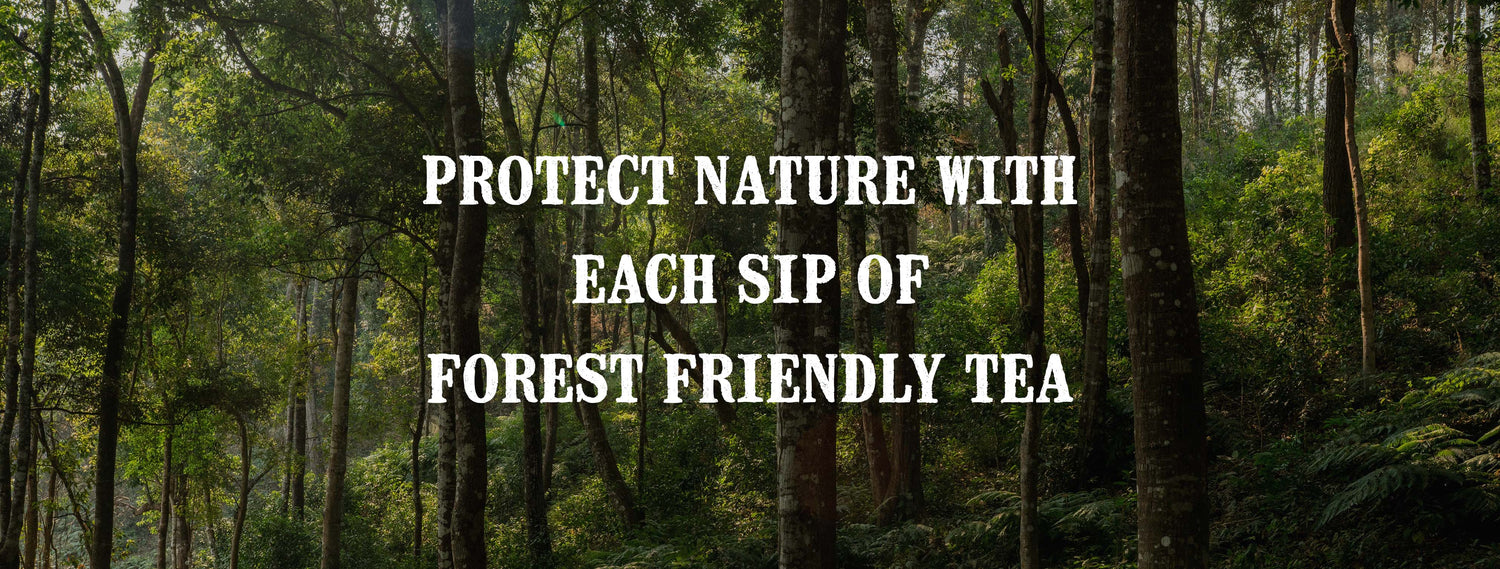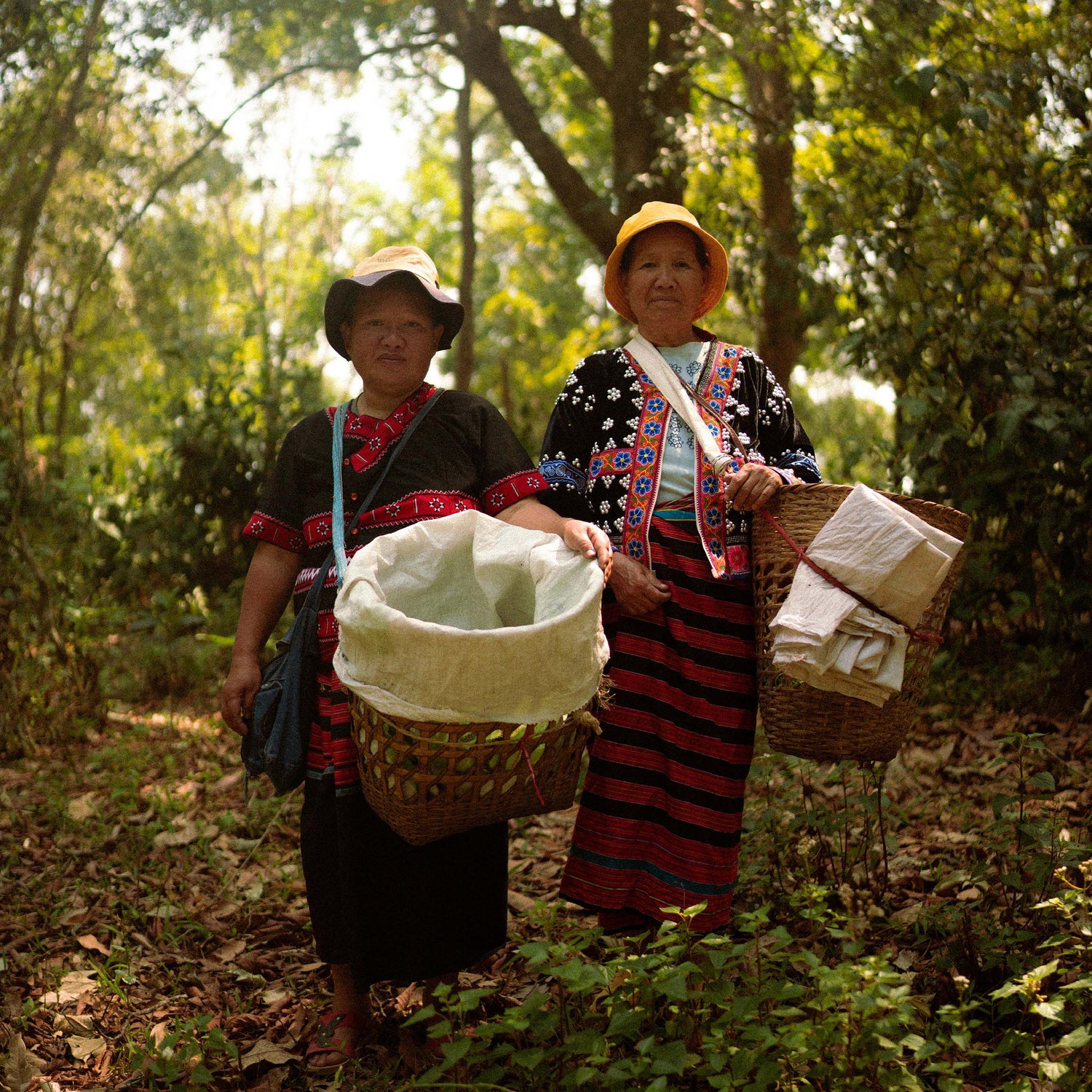Producing the world's most sustainable tea - A story of tradition, history, local culture and innovation.
Historically peoples in Northern Thailand and neighbouring countries have eaten tea rather than drank it. This dish is in Thailand called Hmiang and is made by using larger tea leaves put in a bundle and fermented over the course of weeks, months or sometimes even years. As you use larger leaves for hmiang than you would for making the drinking tea we know and love today, you let the tea plant grow taller and more free together with nature instead of pruning it to get more young buds. This has historically been done in a large number of areas around Northern Thailand and there is a lot of tea growing in a natural way together with the forest here because of that reason.
Unfortunately, the business of selling tea for eating is not very good anymore, as the tea eating culture is a dying food culture. This means that the many people who have produced tea for eating have to resort to something else, and in many cases that means cutting down the forest where the tea is growing to produce corn, rubber, soy, pineapple or any other mono crop. It’s unfortunate but understandable as everyone of course have to make money and survive.
What our founder Kenneth started doing ten years ago, after working in the tea industry in Europe for 20 years, was to build strong relationships with farmers in the mountains and propose a change, so instead of cutting down areas where people historically have produced tea for eating, we now instead prune the tea plants to produce more young buds so we can produce drinking tea. We try to have as little impact on nature as possible, while still being able to produce fantastic tea.
Doing this in the forest is of course not nearly as efficient as producing tea the traditional way, and our tea both grows slower and takes longer time to pick. But we think it’s worth it as we don’t need any pesticides, fertilisers or irrigation systems when growing tea in harmony with nature inside of these forests.
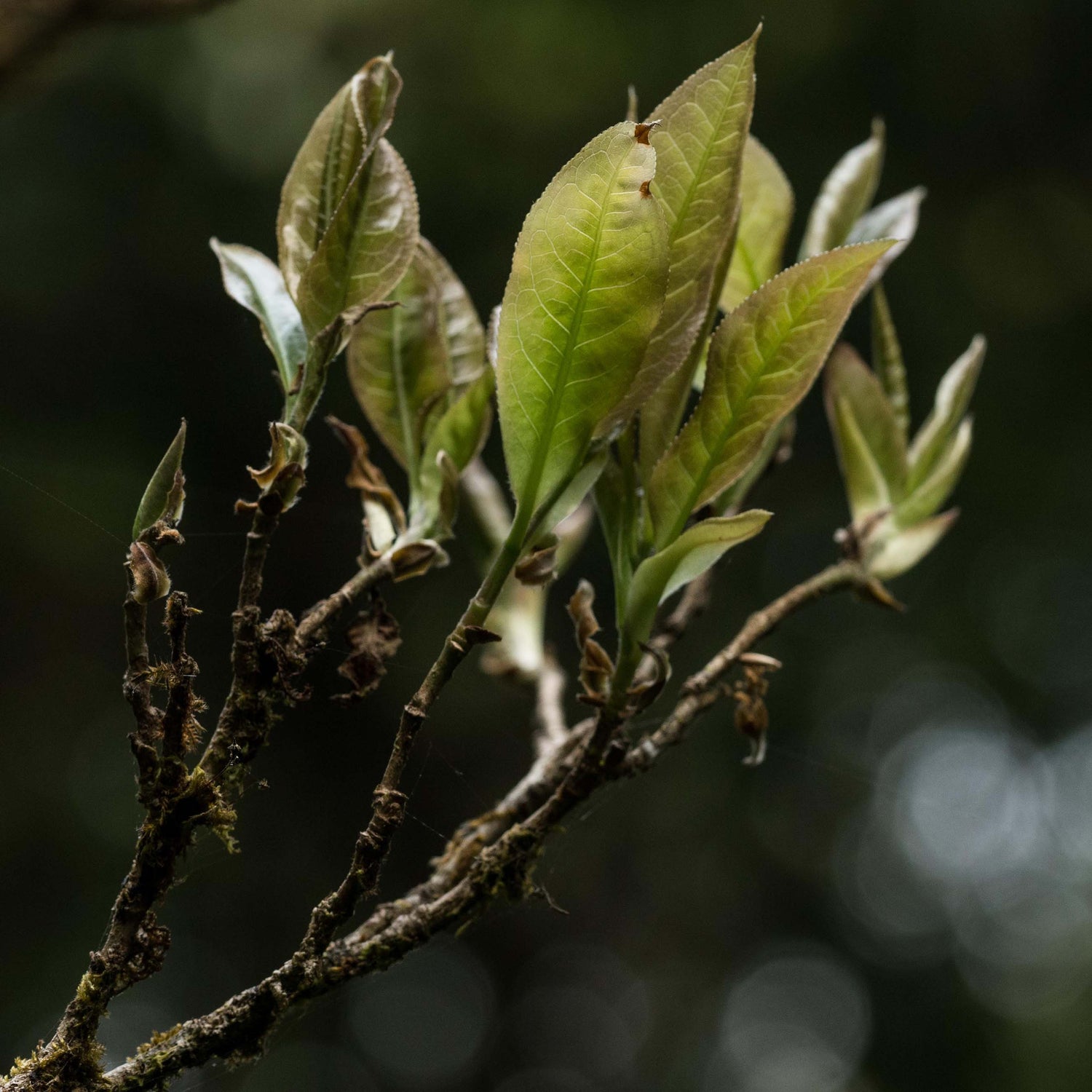
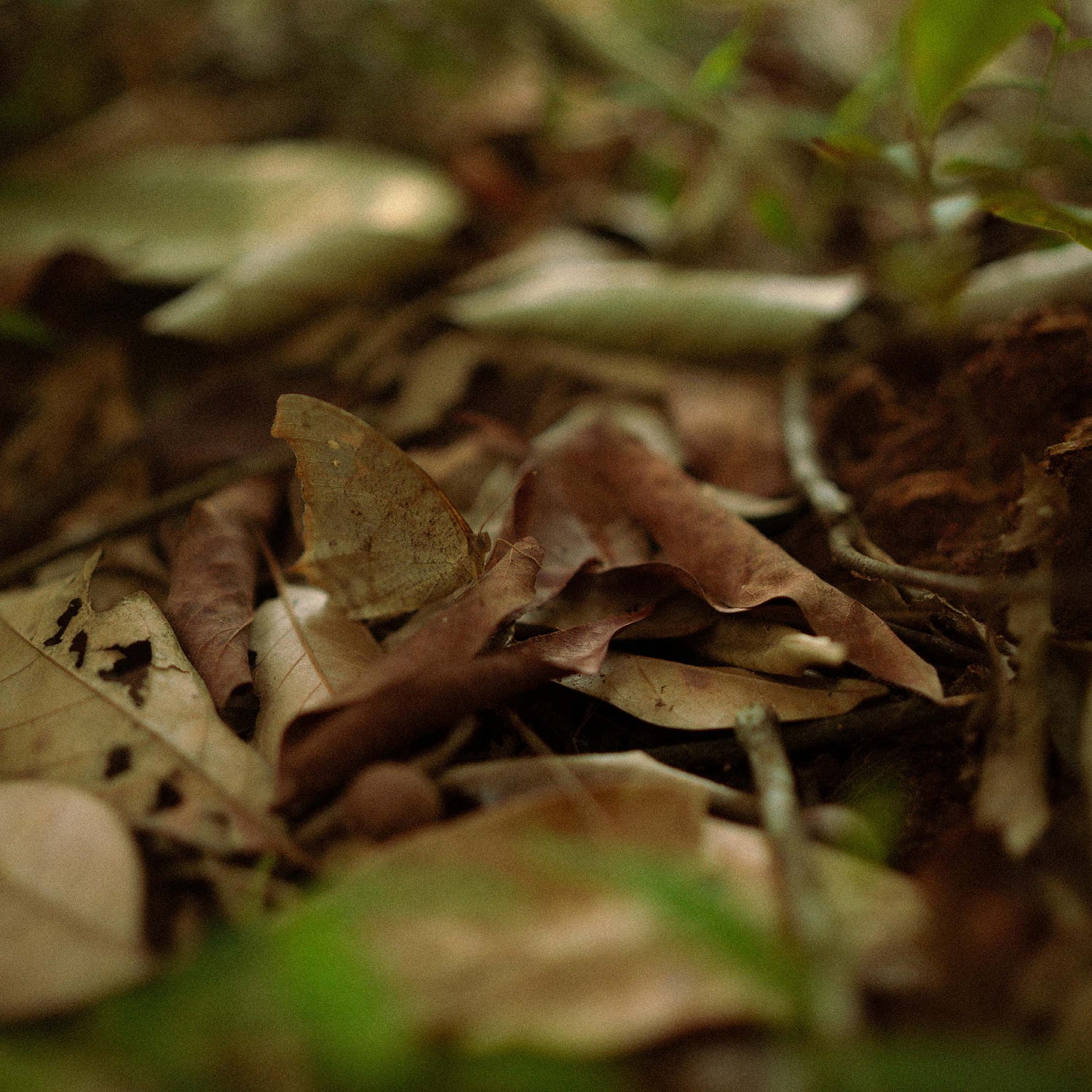
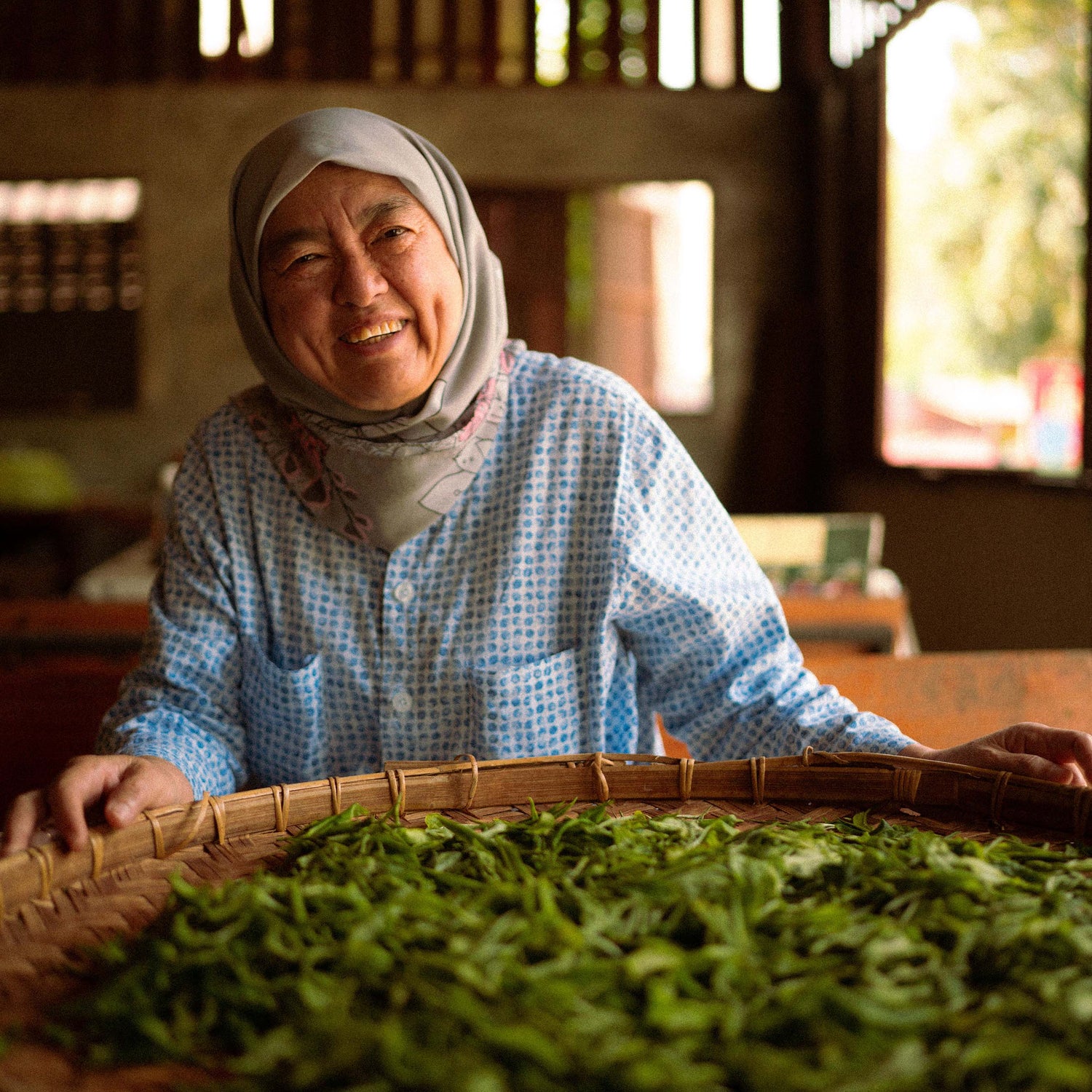
To summarise, we pay farmers and tea producers more money to produce tea in the forest than they could earn by cutting the forest down to produce any typical cash crop. In turn, we need to find customers willing to pay more for this rather expensive tea, and we try to sell as much as we can.
The more tea we sell, the more possibilities we have to work with more farmers and producers to protect more nature. It’s a win-win-win setup where farmers earn more, forests stay thriving and customers get access to a more natural product.
There is plenty more to our work with Forest Friendly Tea so don't hesitate to send us an email if you wish to learn more to info@monteaco.com!

